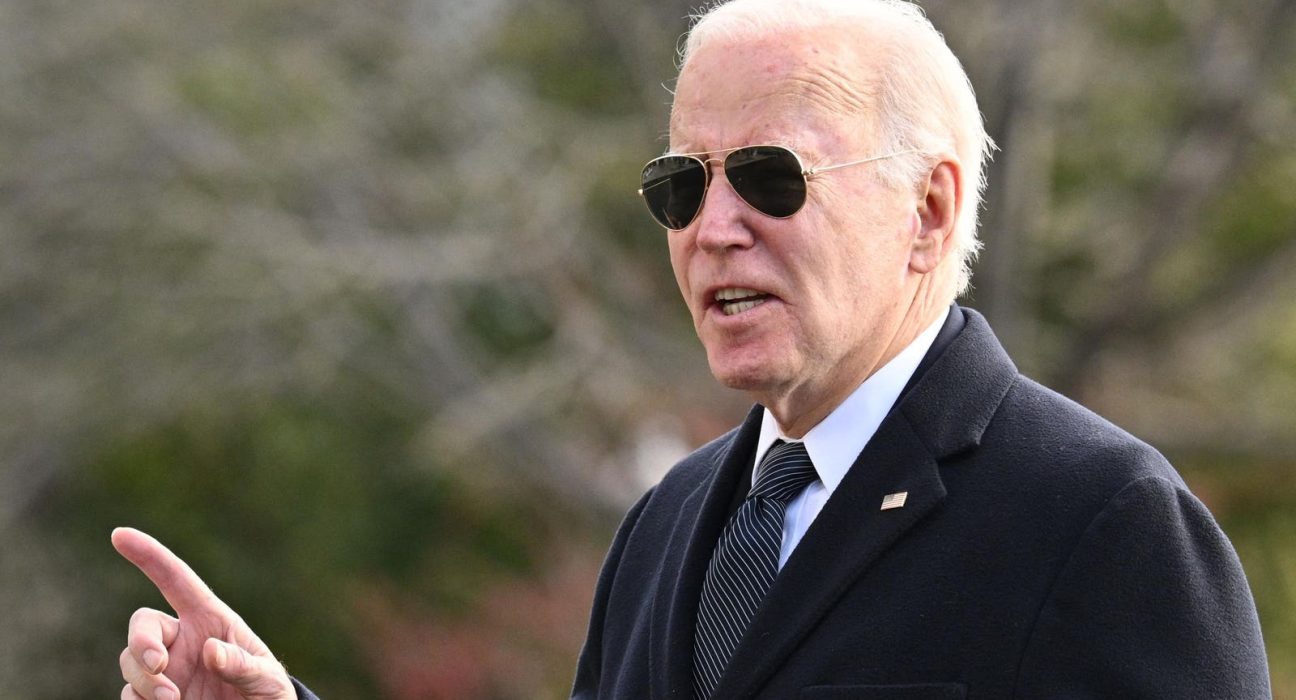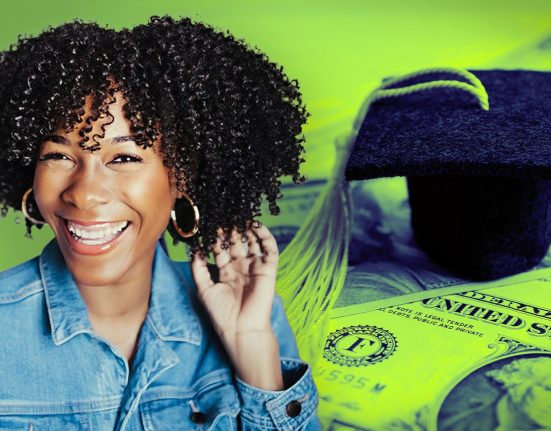The Education Department rolled out a new pathway to student loan forgiveness for public service borrowers this fall. The new option will allow borrowers in some specific circumstances to “buy back” certain deferment and forbearance periods so that they can count toward Public Service Loan Forgiveness, or PSLF.
Few (if any) have taken advantage of this new option yet, given the availability of other temporary flexibilities such as the IDR Account Adjustment, which is ongoing. But the new program will provide an important pathway to student loan forgiveness for PSLF borrowers in the coming months and years.
Here’s what borrowers need to know.
Student Loan Forgiveness Through PSLF Buyback
The buyback program is specifically tied to PSLF, a federal student loan forgiveness program that can provide borrowers with a complete discharge of their federal student loans after making 120 “qualifying payments” (which equates to 10 years) while working 30 hours per week or more as an employee of a qualifying nonprofit or government organization.
PSLF has historically had strict eligibility rules, only allowing payments under certain repayment plans on Direct federal student loans to count toward loan forgiveness. Periods of non-payment, including most deferment and forbearance periods, usually don’t count.
The Biden administration implemented new PSLF rules in July that, going forward, will allow some deferment and forbearance periods to count. This includes hardship deferments, military-related deferments, AmeriCorps forbearances, and mandatory administrative forbearances provided to borrowers for collecting supporting documentation.
But other deferment and forbearance periods that aren’t captured by the regulatory change could potentially count toward PSLF through the buyback program. This option, which was also part of the new regulations enacted during the summer and then formally launched in October, allows borrowers to have these non-qualifying periods counted toward student loan forgiveness if borrowers pay the equivalent of what they would have paid had they been enrolled in a qualifying repayment plan for PSLF at that time.
Key Rules For Student Loan Forgiveness Buyback
The new student loan forgiveness buyback option has some important rules and restrictions:
- Borrowers must have at least 120 months (10 years) of qualifying employment in order to apply for a buyback. “We require 120 months of approved qualifying employment to ensure that buying months of deferment or forbearance results in you achieving forgiveness,” says Education Department guidance. “This prevents borrowers from unnecessarily buying back months that are not eligible for PSLF credit.”
- While many types of deferments and forbearances can be bought back, not every past loan period is eligible. In-school or in-origination periods, post-graduation grace periods, and periods of default, bankruptcy, and post-disability discharge monitoring can’t be bought back.
- In addition, not every type of student loan would qualify for a buyback. “You can’t buy back any months on loans that are: not a Direct loan, in a paid-in-full status, in a forgiven status, in a discharged status, or included in a Direct Consolidation Loan,” explains the department.
- Borrowers who have consolidated their loans can only buy back months on the current consolidation loan, not any periods associated with the underlying loans that were consolidated.
How Amounts Are Determined For Student Loan Forgiveness Buyback
For qualifying deferment and forbearance periods on eligible federal student loans, the Education Department will require borrowers to pay the equivalent amount based on “what your payment amount likely would have been during the deferment or forbearance for the months you’re buying back.”
PSLF typically requires borrowers to be in either a 10-year Standard plan or an IDR plan (a type of repayment plan based on a borrower’s income) to make qualifying payments. If borrowers went into a deferment or forbearance while in IDR, the department will “use the lower of the two monthly IDR payments for the months before or after the time in deferment or forbearance” to determine the monthly buyback amount for the period in question. Otherwise, the department will require the borrower to submit their tax return and family size details for the period in question so that the department can determine what their monthly payment would have been if they had been enrolled in an IDR plan during the period that the borrower wants to buy back.
“Your payment amount will be based on the lowest IDR amount you were eligible for at the time of the deferment or forbearance,” says the department. “If the 10-year standard payment is lower than your calculated IDR payment, then the 10-year Standard payment amount will be used.”
Process For Requesting Student Loan Forgiveness Buyback
The Education Department encourages borrowers to first wait on submitting any buyback requests until the implementation of the IDR Account Adjustment has been completed. The adjustment allows many past periods of deferment and forbearance to potentially count toward student loan forgiveness for both IDR and PSLF, so buyback requests may ultimately not be necessary for many borrowers. The department recently extended a critical deadline associated with the adjustment, and implementation is now expected to be completed next summer.
To submit a buyback request, borrowers would use the department’s PSLF Reconsideration portal. The department instructs borrowers to use very specific language in the request: “I have at least 120 months of approved qualifying employment, and I am seeking PSLF or TEPSLF discharge through PSLF buyback. Please assess my eligibility for PSLF buyback.” Borrowers should provide details on the specific months and years covered by their buyback request (you can review your loan status history in your loan data available at StudentAid.gov to evaluate past deferment and forbearance periods).
“If you are eligible to buy back months, we will send you a buyback agreement with the amount to pay and instructions to pay the full amount within 90 days of our email to you with the buyback agreement,” says the department. Borrowers should continue to make payments while they wait for a response.
Because this is such a new feature, and few (if any) borrowers have taken advantage of this opportunity, there are still many unknowns about the process and timeline.
Further Student Loan Forgiveness Reading
New Student Loan Forgiveness Application Helps Borrowers With Medical Issues
4 Major Student Loan Forgiveness Dates To Jot Down Now
Student Loan Forgiveness Based On Hardship Is Expanding
Student Loan Borrowers Have 90 Days To Get Refunds Of These Payments







